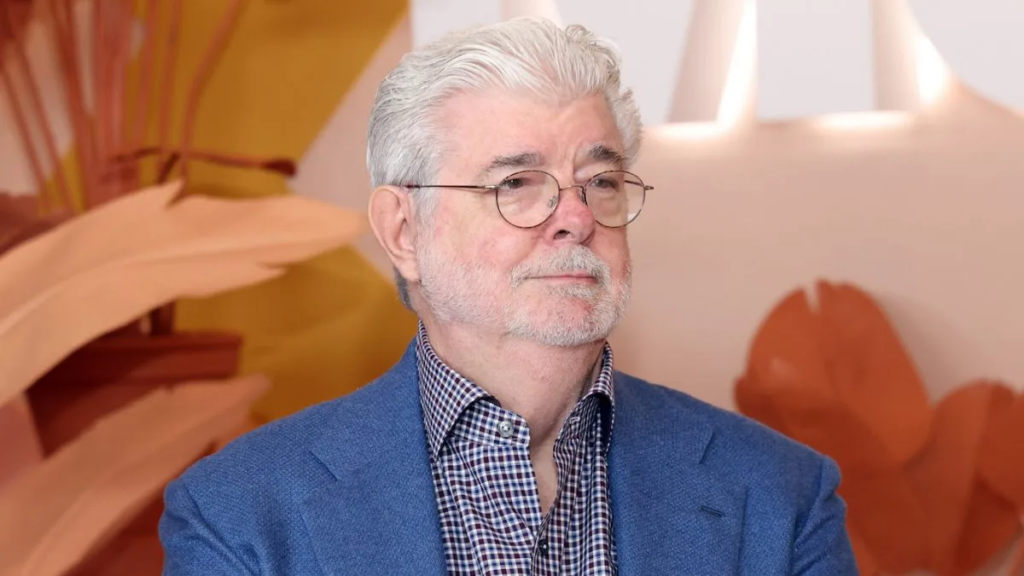Discover the astonishing wealth and success of the world’s richest film director with a limited filmography of just six films.
In the world of entertainment, actors often dominate the spotlight and earn hefty paychecks, leaving many directors feeling overlooked in terms of compensation. However, one director has managed to break all expectations and become the wealthiest filmmaker in history.
In the entertainment industry, it’s the actors who rake in the big bucks, with a significant portion of movie budgets allocated to their salaries. Indian directors, in particular, have often voiced their complaints about relatively low pay. While the discrepancy is not as pronounced in Hollywood, one director has managed to defy the norm and outshine every actor in terms of earnings. The intriguing aspect is that this man has not directed a single film in the past 20 years.
George Lucas – The Richest Film Director in the World

George Lucas, the mastermind behind the legendary Star Wars franchise, holds the distinction of being the world’s richest film director. With a net worth of $7.4 billion, as reported by Forbes, Lucas has surpassed his longtime friend and collaborator, Steven Spielberg, who sits at second place with a net worth of approximately $4 billion and even the highest-earning actors.
Lucas made his directorial debut with the sleeper hit THX 1138 in 1971, followed by the success of American Graffiti in 1973. However, it was his groundbreaking work on Star Wars in 1977 that propelled him to overnight fame and unparalleled success.
While he chose not to direct the sequels, Lucas returned two decades later to helm the prequel trilogy between 1999 and 2005 before stepping away from directing altogether. With a limited filmography of only six films, Lucas’s journey to the top showcases the extraordinary possibilities that can emerge from passion, creativity, and a touch of cinematic magic.
A Cinematic Journey of the Richest Film Director

Lucas’s creative genius extends beyond the director’s chair. As the head of Lucasfilm, he not only produced every Star Wars film but also spearheaded other highly successful ventures. From the beloved Indiana Jones series to founding LucasArts, a video game licensor, and leading companies like Industrial Light and Magic and THX, Lucas has created an empire that has significantly contributed to his immense wealth.
Beyond the Director’s Chair
The success of Lucas’s companies and the sale of Lucasfilm to Disney have played pivotal roles in his ascent to unprecedented wealth. The Star Wars franchise alone has generated a staggering $51.8 billion in revenue, solidifying Lucas’s status as a cinematic visionary and a business magnate. Additionally, the Indiana Jones franchise has also achieved remarkable success in its own right.
The Legacy of Success
While George Lucas reigns as the richest film director in the world, other notable names populate the list of wealthy directors. Steven Spielberg takes the second position with a net worth of approximately $4 billion. Peter Jackson holds the third position with a net worth of $1.5 billion, followed by Tyler Perry with $1 billion.
James Cameron, the creative force behind Avatar, Titanic, and The Terminator, rounds off the top five. The remaining spots in the top ten are occupied by accomplished directors such as Michael Bay, Francis Ford Coppola, Ridley Scott, Christopher Nolan, and Martin Scorsese, each having made significant contributions to the world of cinema.

George Lucas’s unprecedented rise to becoming the world’s wealthiest film director is a testament to his creative brilliance and entrepreneurial acumen. With only a handful of films under his belt, he has left an indelible mark on the industry and redefined what it means to be a successful director.
Lucas’s journey serves as an inspiration for aspiring filmmakers worldwide, highlighting the transformative power of talent, passion, and seizing opportunities. From a galaxy far, far away, George Lucas has proven that with a compelling vision and the courage to pursue it, even the stars are not the limit.
